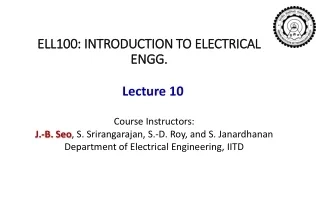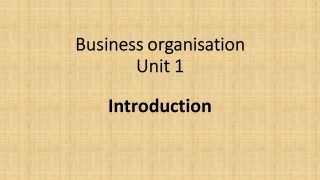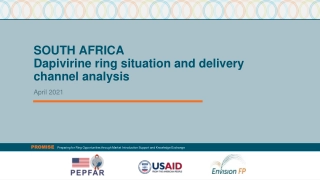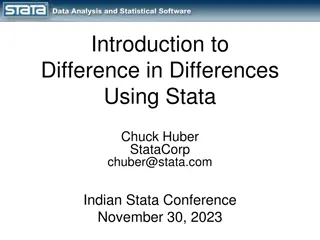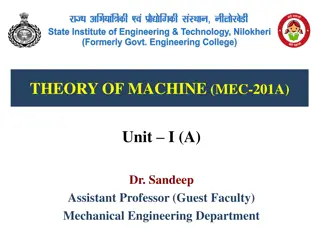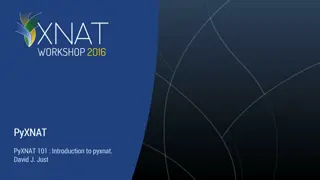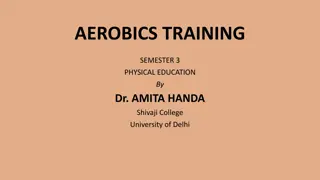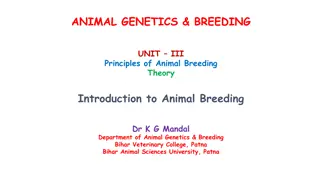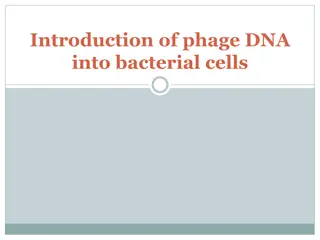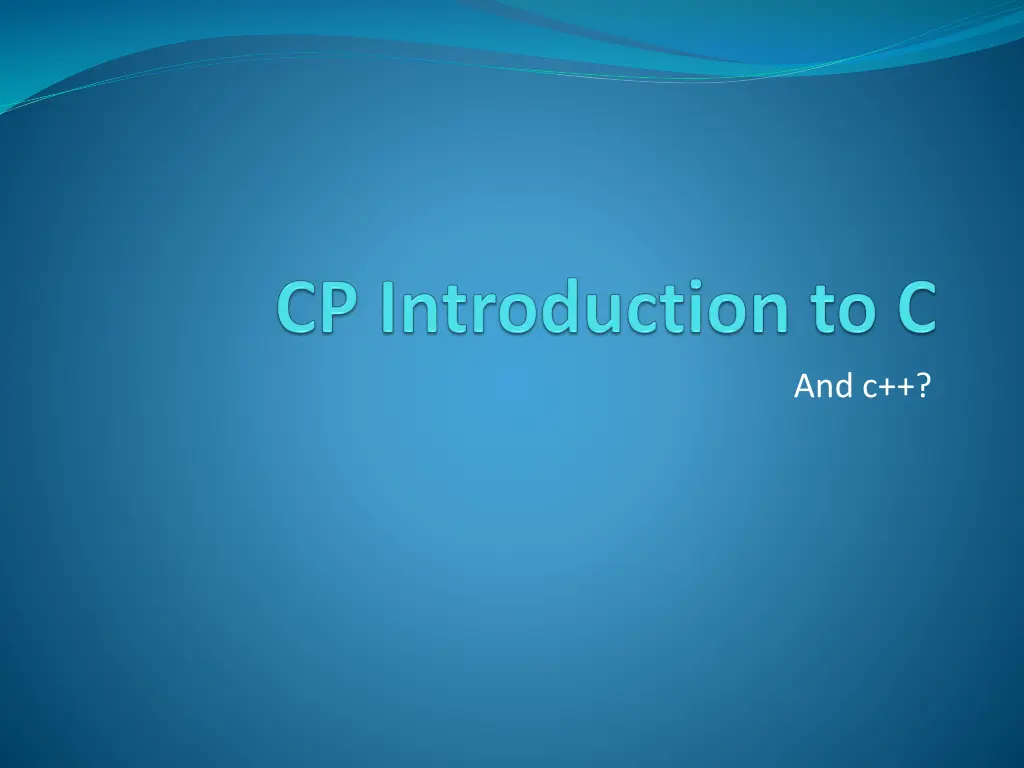
C++ Tutorial: Your First Program, Input/Output, Control Structures, and Functions
"Explore a beginner-friendly C++ tutorial covering topics like C vs. Java, basic syntax, input/output commands, control structures (if, for, while), arrays, functions, and debugging. Dive into fundamental programming concepts with code examples and explanations."
Download Presentation

Please find below an Image/Link to download the presentation.
The content on the website is provided AS IS for your information and personal use only. It may not be sold, licensed, or shared on other websites without obtaining consent from the author. If you encounter any issues during the download, it is possible that the publisher has removed the file from their server.
You are allowed to download the files provided on this website for personal or commercial use, subject to the condition that they are used lawfully. All files are the property of their respective owners.
The content on the website is provided AS IS for your information and personal use only. It may not be sold, licensed, or shared on other websites without obtaining consent from the author.
E N D
Presentation Transcript
What will we do? C vs JAVA Dev-C++ tutorial and your first program C++ structure Reading input/output Flow Control (if, for, while) array function (method) debugging
Hello World (Day 1 Morning) C JAVA #include <stdio.h> import java.io.*; int main(int argc, char* argv[]) { printf("Hello, CP!\n"); return 0; } class HelloWorldApp { public static void main(String[] args) { System.out.println("Hello World!"); } }
C vs JAVA C code DOES NOT need to be in a class No filename restriction C and JAVA have very similar syntax if, for, while is the same Data type is almost the same (int, char, bool, float, double, etc) Function and method is the same For c++, function does not need to be in a class We don t really use any class in algorithm :D
Output (printf) printf(format_string, value ); command What you get printf( YES ); YES printf( YES %d ,12); YES 12 printf( %d is more than%d ,24,12); 24 is more than12 printf( floating point %f ,2.3457); floating point 2.3457 printf( test\ntest\nhaha ); test test haha printf( string %s is possible , haha ); string haha is possible
input(scanf) Use the same format string scanf(format_string, &variable ); #include <stdio.h> int main() { int age, w; printf("Please enter your age and weight ); scanf("%d %d", &age, &w); printf( your age = %d \n your weight is %d\n ,age,w); }
Condition Statement If statement The same as java #include <stdio.h> int main() { int age; printf( "Please enter your age" ); scanf( "%d", &age ); if ( age < 100 ) { printf ("You are NOT old!\n" ); } else { printf ("You are old!\n" ); } return 0; }
While loop While loop The same as java #include <stdio.h> int main() { int x = 0; while ( x < 10 ) { printf("x = %d\n",x); x++; } return 0; }
For loop For loop The same as java #include <stdio.h> int main() { for (int i = 0;i < 10;i++) { printf( i = %d\n",i); } return 0; }
Practice Lab 1 (http://www.nattee.net/files-dae/Algo-Lab1.pdf) Prob 0,1 Lab 2 (http://www.nattee.net/files-dae/Algo-Lab2.pdf) Prob 0,1 hw00e (BMI) http://www.nattee.net/~dae/algo/prob/hw00b_fibo/problem.pdf hw00c (drawbox) http://www.nattee.net/~dae/algo/prob/hw00c_drawbox/problem.pdf hw00d (time after) http://www.nattee.net/~dae/algo/prob/hw00d_timeafter/problem.pdf
Array in C++ (Day 1 Afternoon) (almost) the same as java #include <iostream> int main() { int fibo[100]; fibo[0] = 1; fibo[1] = 1; for (int i = 2;i < 100;i++) { fibo[i] = fibo[i-1] + fibo[i-2]; } printf("%d\n",fibo[99]); return 0; }
2D Array Example #include <stio.h> int main() { int x; int y; int array[8][8]; for ( x = 0; x < 8; x++ ) { for ( y = 0; y < 8; y++ ) array[x][y] = x * y; } printf("Array Indices\n"); for ( x = 0; x < 8;x++ ) { for ( y = 0; y < 8; y++ ) printf("[%d][%d] = %d\n",x,y,array[x][y]); printf("\n"); } return 0; }
More practice Lab 2 Prob 2 hw00f http://www.nattee.net/~dae/algo/prob/hw00f_aminmax/problem.pdf
Debugging (Day 2 Morning) Follow guide in Lab 3 (http://www.nattee.net/files-dae/Algo-Lab3.pdf)

